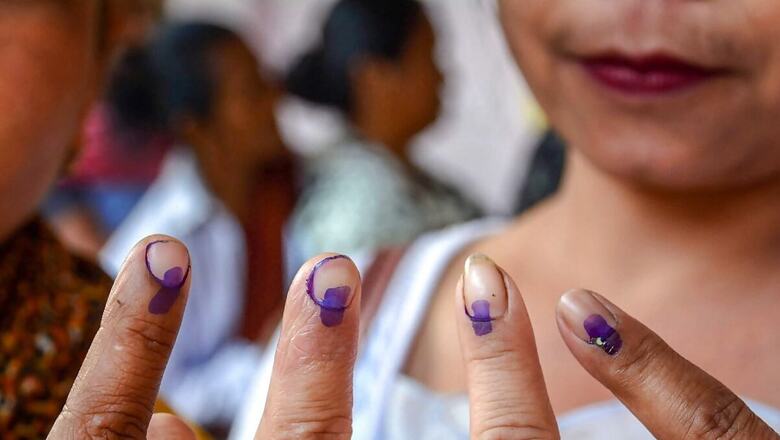
views
Time and again the idea of simultaneous polls has been proposed but a common ground to execute it has not been achieved so far. At least four times, Odisha (previously Orissa) has witnessed simultaneous elections for the Lok Sabha and assembly. This year, it is happening for the fifth time.
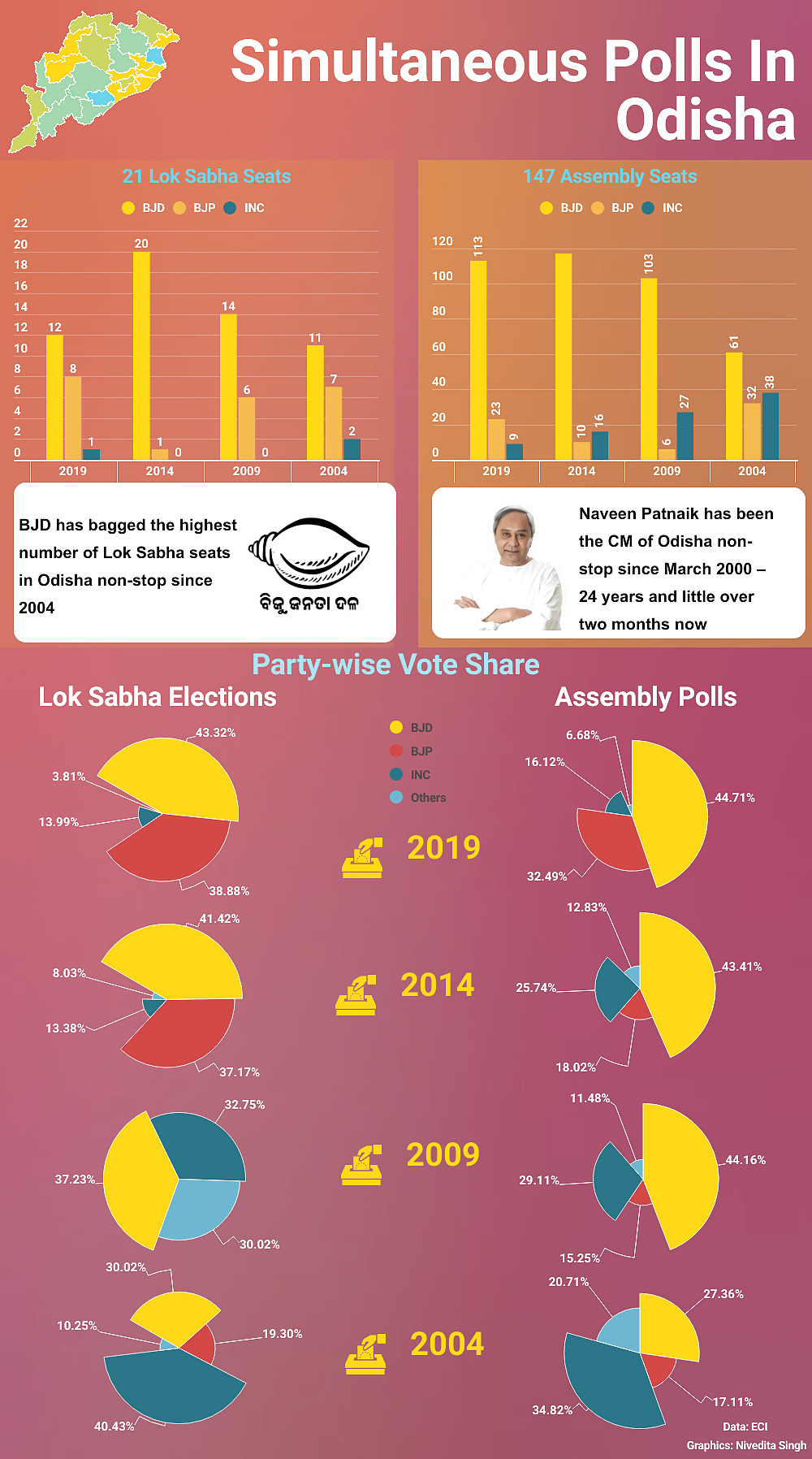
Since 2004, the Biju Janata Dal (BJD), a regional party of Odisha, has bagged the highest seats in both the Lok Sabha as well as the assembly polls in the state, leaving no significant space for the Congress or the BJP.
In the 2004 elections, out of the 21 Lok Sabha seats in the state, the BJD bagged 11 while the BJP came second with seven. In 2009, the BJD won 14 seats and the Congress was in second place with just six seats. In 2014, the BJD swept the polls as it bagged 20 seats, leaving just one for the BJP. In 2019, Naveen Patnaik’s party won 12 seats while the BJP stood second with eight.
Patnaik formed the party in 1997 and has been its leader since then. When the assembly polls were held in the state between 2004 and 2019, the seats won by the BJD ranged from 61 to 117. Even when it failed to cross the halfway mark, it emerged as the single largest party.
In 2004, the BJP was an ally of the BJD but the two broke their ties a little before the 2009 polls. This time, the three main parties in the state are the BJD, BJP, and Congress, with both the Lok Sabha and assembly polls in four phases starting from May 13.

A different picture than Odisha, but Andhra Pradesh, with multiple regional parties, also never gave much space to the national parties and preferred its local leaders while voting for simultaneous elections for the Lok Sabha and assembly. The Congress managed to have a hold in the state but only till the 2009 polls.
In the 2019 assembly polls, the situation was so bad for the Congress and BJP that they ended up getting zero seats, and all their candidates lost deposits. There were 173 BJP candidates in the fray and 174 Congress leaders. The two parties got just about two per cent of the total votes. Collectively, the national parties received 2.73 per cent of the votes in the 2019 assembly polls in Andhra. When it comes to the Lok Sabha, the situation was no better for the two national parties. They got zero seats.
The 2019 elections were the first after Telangana was separated from Andhra Pradesh. The union cabinet gave its nod for the bifurcation in 2013, but it was on June 2, 2014, that the then President of India, Pranab Mukherjee, issued a gazette notification that formalised the separation of Telangana from Andhra Pradesh. The elections in 2014 were held in April and May in the state. The Lok Sabha elections were also conducted considering the two states as a single unit.
Currently, Andhra Pradesh has 25 Lok Sabha and 175 assembly seats. But till the 2014 polls, the state had 42 Lok Sabha and 294 assembly seats.
The situation of the BJP was so bad in the state that it only netted 13 assembly and three Lok Sabha seats collectively in the state between the 2004 and 2019 elections. The Congress, which formed the government in 2004 and 2009 at the Centre, emerged as the single largest party in the Lok Sabha and assembly in the state as well in those years. But post-2014, the state changed its voting pattern.
In the 2014 and 2019 elections, the BJP and Congress collectively got five Lok Sabha and 30 assembly seats.
The Yuvajana Sramika Rythu Congress Party (YSRCP), formed in 2011, changed the political picture in the state. It won 22 out of 25 Lok Sabha seats and 151 out of 175 assembly seats in the state in 2019. In 2014 as well, it dented the national parties.
N Chandrababu Naidu’s Telugu Desam Party (TDP) was second in 2019 with three Lok Sabha seats and 23 assembly seats. Pawan Kalyan’s Jana Sena made its debut as one of its members made it to the assembly in 2019.
All the 25 Lok Sabha and 175 assembly seats in Andhra Pradesh will have polls on May 13.
Explore the detailed schedule and key constituencies of the 2024 Lok Sabha Election’s Fourth Phase
















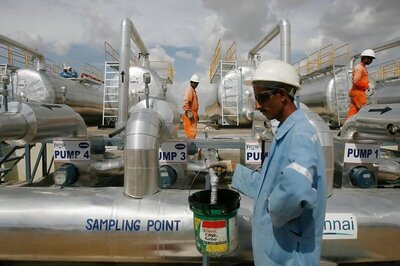
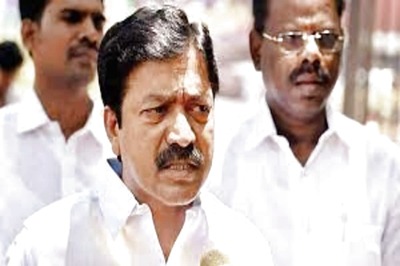

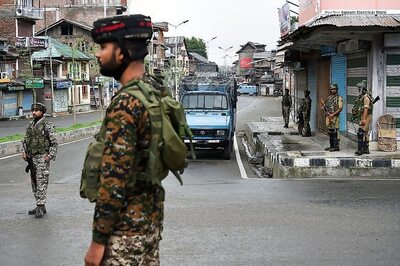
Comments
0 comment